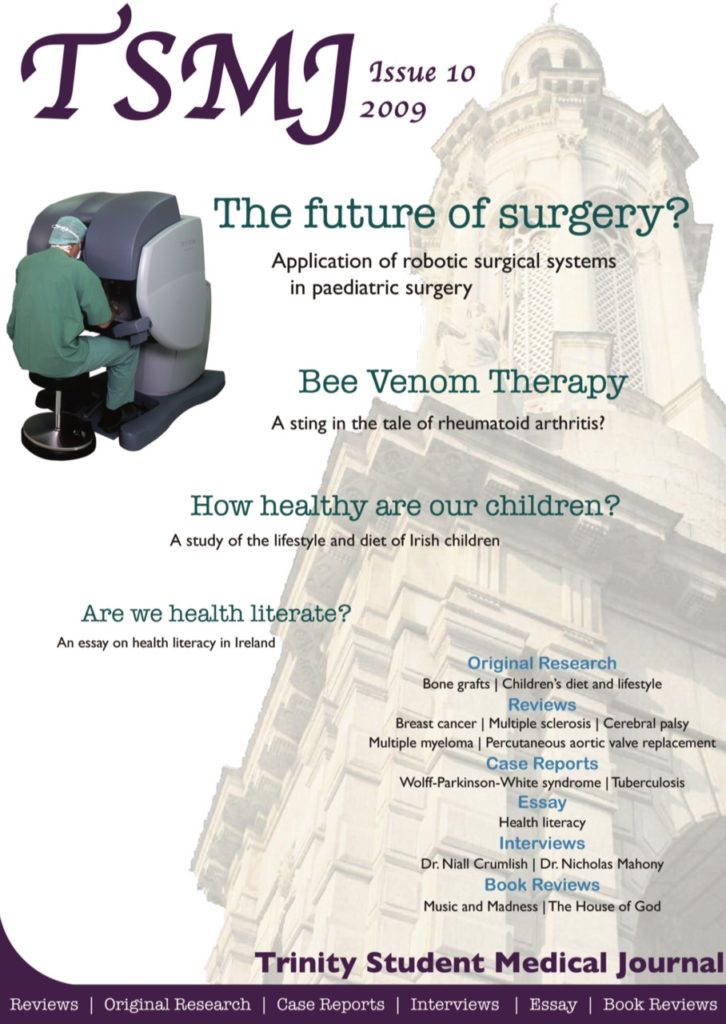Comparative Evaluation of Three Different Collagen-Ceramic Composite Scaffolds for Use as Alternatives to Bone Grafts
Keywords:
MedicineAbstract
Aim of Study: This paper reports a comparative study conducted on novel Collagen-Ceramic composite scaffolds. Three scaffolds were compared based on pore size, porosity, and thickness of the collagen network. Characterisation of these properties will facilitate cell-specific optimisation of these scaffolds for use as successful clinical alternatives to auto- and allo-graft procedures. Methods Collagen-based scaffolds were fabricated using different forms of calcium phosphate and freezedrying methods. Scaffold A, the control, was made with calcium phosphate R powder and lyophilised using a stainless steel freezing tray. Scaffold B was made with calcium phosphate S and lyophilised using a stainless steel freezing tray. However scaffold C was made with calcium phosphate S and lyophilised using a polysulphone freezing tray. Results The results indicated that scaffold A had the minimum pore diameter for cell penetration and proper vascularisation of the ingrown tissue, but is less than ideal for optimum bone growth. Scaffold B showed a pore diameter that is almost three times larger and collagen network struts that were three times thicker than that of scaffold A. Scaffold C showed marked increase in porosity compared with scaffold B, but a thinner collagen frame. Conclusion study has helped to compare and contrast some of the different combinations of freezedrying treatments and calcium phosphate types, showing that numerous types of collagen scaffolds can be developed and customised to help in the treatment of various types of bone abnormalities. The large pore size and increased collagen frame thickness of Scaffold B appear to make it the most promising of the three scaffolds to be used in future bone graft procedures.
Downloads
References
p.24-29.
2. Koh, C. & Atala, A. Tissue engineering, stem cells, and cloning: opportunities for
regenerative medicine. J Am Soc Nephrol 2004; 15: p.1113-1125.
3. Einhorn, T. et al. The healing of segmental bone defects induced by demineralised
bone matrix: a radiographic and biomechanical study. J Bone Joint Surg 1984; 66:
p.274-279.
4. Heiple, K. & Kendrick, R. & Herndon, C. & Chase, S. A critical evaluation of
processed calf bone. J Bone Joint Surg 1967; 49: p.1119-1127
5. Jarcho, M. Calcium Phosphate Ceramics as Hard Tissue Prosthetics. Clin Orthop
Relat Res 1981; 157: p.259-278.
6. Rezwan, K. & Chen, Q. & Blaker, J. & Boccaccini, A. Biodegradable and bioactive
porous polymer/ inorganic composite scaffolds for bone tissue engineering. Biomaterials 2006; 27: p.3413-3431.
7. Chaikof, I. et al. Biomaterial and scaffolds in reparative medicine. Ann NY Acad
Sci 2002; 96: p.96-105.
8. Charles, V. The history of tissue engineering. J Cell Mol Med 2006; 10: p.569-76.
9. Antoniou, G. & Mikos, A. & Temenoff, J. Formation of highly porous biodegradable scaffolds for tissue engineering. Electron. J. Biotechnol 2000; 3.
10. Ramachandran, G. & Redid, A. Biochemistry of Collagen. New York: plenum
press 1976.
11. Hinz, P. et al. A new resorbable bone void filler in trauma: early clinical expeience
and histologic evaluation. Orthopedics 2002; 25: p.597-600.
12. Al-Munajjed, A. & O’Brien F. Influence of a novel calcium-phosphate coating
on the mechanical properties of highly porous collagen scaffolds for bone repair. Mech
Behav Biomed Mater 2009; 2: 138-146.
13. Meyer, U. & Joos, H. & Weismann, P. Biological and biophysical principles in
extracorporal bone tissue engineering Part III. Int J Oral Maxillofac Surg 2004; 33:
p.635-641.
Downloads
Published
How to Cite
Issue
Section
License
Authors retain copyright and grant the journal the right of first publication with the work simultaneously licensed under a Creative Commons Attribution (CC-BY) 4.0 License that allows others to share the work with an acknowledgement of the work’s authorship and initial publication in this journal.
Provided they are the owners of the copyright to their work, authors are able to enter into separate, additional contractual arrangements for the non-exclusive distribution of the journal’s published version of the work (e.g., post it to an institutional repository, in a journal or publish it in a book), with an acknowledgement of its initial publication in this journal.



